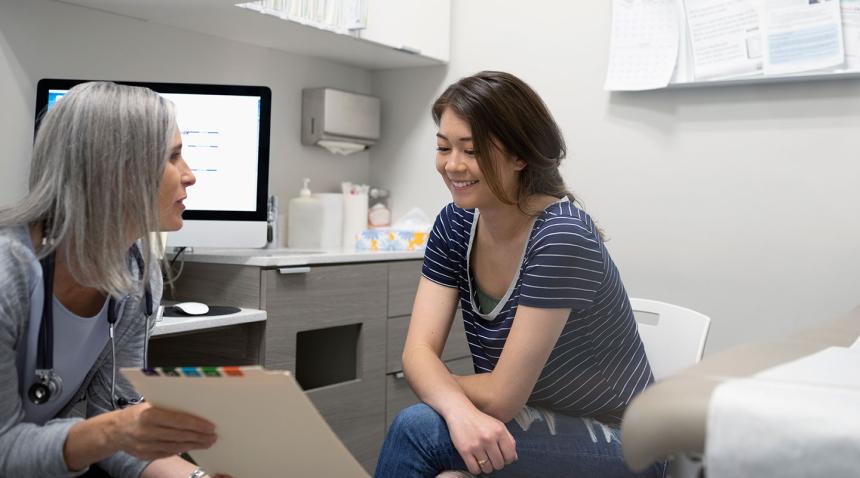Why You Need a Primary Care Physician

Going to a primary care physician isn’t fun. There’s the long wait for an appointment (weeks!) and the long wait at the office (hours!). And then there’s the appointment: You get just 10 minutes with a doctor or nurse practitioner who’s looking at a computer.
For many, this is the typical primary care experience. And it’s one of the reasons some Americans are going without a primary care physician. (Nearly one-third of American men do not have a primary care provider, for example.)
Unfortunately, going without a primary care doctor isn’t the best idea. Here’s why:
- Patients with primary care doctors receive better care than patients without, according to a 2019 study in JAMA Internal Medicine. In the same study, patients with PCPs (more than 70,000 were surveyed) reported better access to healthcare and a better healthcare experience.
- Patients without a PCP are less likely to receive preventive services, according to 2018 study in the journal Health Affairs. It’s part of the reason that only 8 percent of Americans receive all of their recommended preventive services annually.
- Patients who have and keep a primary care physician also have a lower mortality rate than patients who do without a primary care provider or who change doctors, according to a 2018 study published in the British Medical Journal.
- Patients who keep the same primary care physician utilize emergency rooms and are hospitalized less often. This saves money – for the system and for patients. An emergency department visit can run into the thousands, an inpatient hospital visit into the tens of thousands.
Benefits of Preventive Care
Primary care patients benefit when diseases and conditions are detected and treated earlier, when they are directed to the appropriate specialized care or when illnesses are treated in a primary care setting versus an emergency department. In fact, most conditions treated during outpatient emergency room visits are treatable in primary care clinics.
Patients with primary care doctors also benefit from a provider who has an understanding of their medical history. When patients only use urgent care clinics, care is episodic, and providers may not be familiar with patients’ medical histories, even if previous visits have been entered into an electronic medical record. No one may be keeping track of visits, conditions or prescription drugs.
A Primary Care Physician Who Offers Convenience
How do you see a doctor and avoid the frustration that goes along with modern primary care? How do you get care on your schedule, without the hassle of a long wait? Choose a different kind of primary care doctor. MDVIP-affiliated physicians see fewer patients than traditional primary care doctors, which means their patients can get same- and next-day appointments that start on time. They also have time to really get to know you and build a relationship with you instead of their electronic medical record. If you’re busy, you won’t have to explain your medical history to them again — they know you. And if you need more time, MDVIP-affiliated doctors have more time; the appointment can last as long as needed.
Patients in MDVIP-affiliated primary care practices also enjoy more preventive services than patients of most traditional practices, and they’re more satisfied than patients in traditional primary care practices: 97 percent versus 58 percent. Specifically, they increased physician availability and longer interactions with their doctor, better explanations of medical conditions, less waiting — things members of traditional primary care practices complain they’re not receiving.
Studies have also shown that patients of MDVIP-affiliated physicians enjoy better outcomes such as fewer hospital visits, lower emergency room and urgent care utilization and better management of certain chronic conditions.
If you don’t have a primary care physician, we’re happy to help. Find an MDVIP-affiliated physician near you today or fill out the form on this page and get started.
